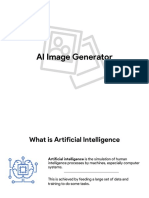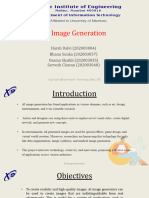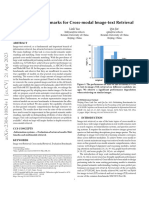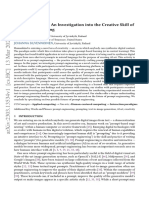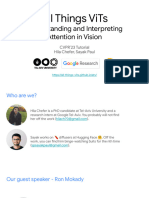0% found this document useful (0 votes)
103 views2 pagesAI Image Generation Guide
AI image generation is the process of creating images using artificial intelligence models that learn from large datasets. Techniques like Generative Adversarial Networks (GANs) and Diffusion Models are employed to generate high-quality visuals for various applications, including art, marketing, and healthcare. While AI image generation offers creative possibilities, it also raises challenges related to copyright, bias, and misinformation.
Uploaded by
joeyCopyright
© © All Rights Reserved
We take content rights seriously. If you suspect this is your content, claim it here.
Available Formats
Download as PDF, TXT or read online on Scribd
0% found this document useful (0 votes)
103 views2 pagesAI Image Generation Guide
AI image generation is the process of creating images using artificial intelligence models that learn from large datasets. Techniques like Generative Adversarial Networks (GANs) and Diffusion Models are employed to generate high-quality visuals for various applications, including art, marketing, and healthcare. While AI image generation offers creative possibilities, it also raises challenges related to copyright, bias, and misinformation.
Uploaded by
joeyCopyright
© © All Rights Reserved
We take content rights seriously. If you suspect this is your content, claim it here.
Available Formats
Download as PDF, TXT or read online on Scribd
/ 2




